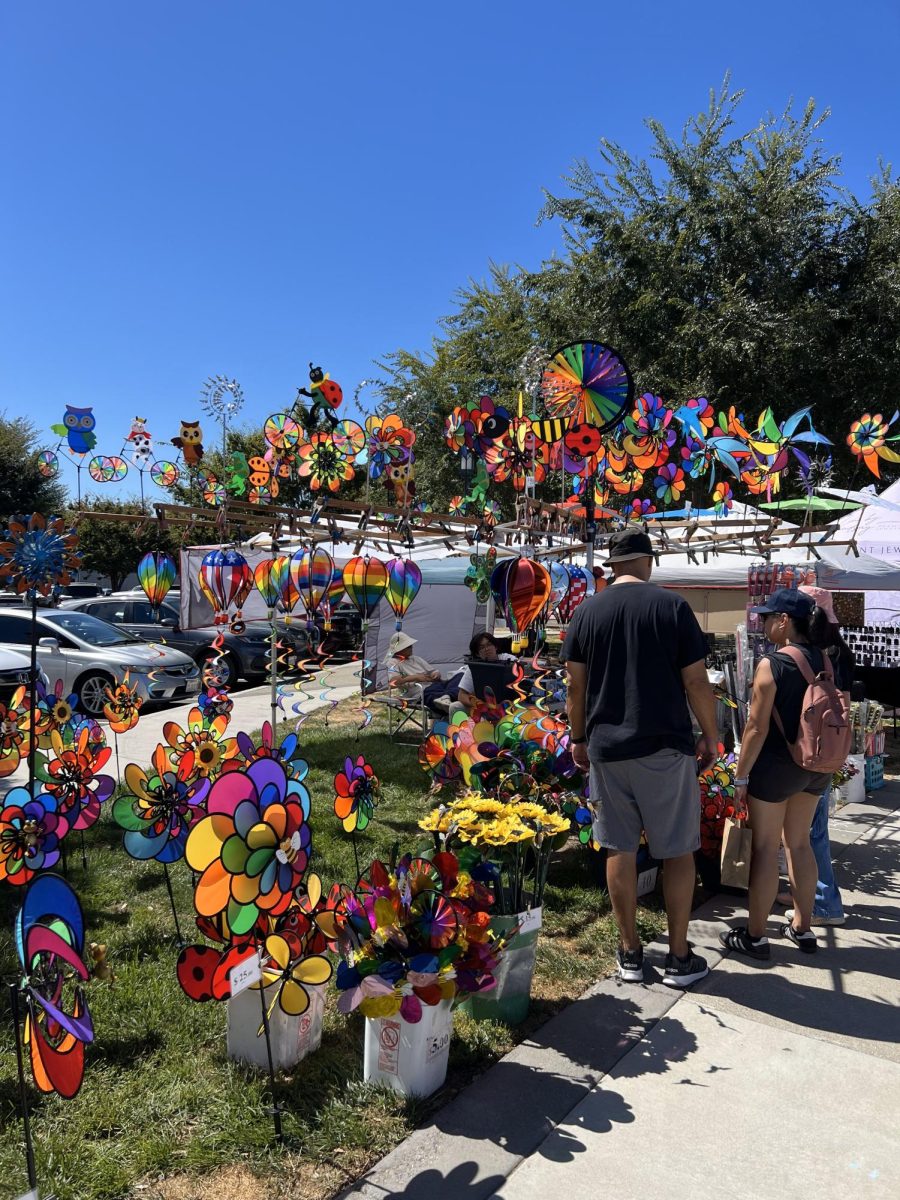Toyon, or California Holly, is known for its distinctive, bright red berries. While technically a shrub, it can grow to thirty feet or higher, so it is often mistaken for a type of tree. It has two popular common names. The first one, Toyon, is an anglicized (made English) version of the plant’s original Ohlone name, and the second one, California Holly, was given to it because of its location and the holly-like appearance of its berries. It is also occasionally called hollywood, and it is rumored that the Hollywood area in California is named after this plant.
Toyon’s value exists in its many functions. While it is often grown ornamentally, specifically for the striking color contrast it adds to a landscape, it also has small, spherical berries that grow in large clusters scattered throughout the light-to-dark green foliage of this native California plant. These berries are edible raw to many types of small animals like birds and squirrels and even humans if cooked. It is inadvisable for humans to eat them raw, however, because they contain traces of cyanide-like chemicals, but no excessive caution needs to be taken with any part of the plant other than not ingesting it. Some claim to have acquired skin rashes after touching and rubbing against various parts of toyon, but these claims are unfounded.
Interestingly, toyon is a part of the rose family, similar to many of the most well-known edible fruits and berries – apples, strawberries, peaches, almonds, and the like – and has some similar characteristics to these. Its small white flowers, which bloom in the summer months, resemble the white-to-pale pink flowers of the almond, and its berries are said to resemble small apples in appearance – the plant’s genus name, heteromeles, means “different apple,” and it is the sole species of that classification.
Toyon’s leaves further suggest similarity to other species, appearing round when viewed from a distance but spiky along the edges up close. These characteristics are similar to those of the true holly, as well as its glossy berries that grow in similar patterns. Despite all these similarities, however, toyon and true English holly are completely unrelated species. In fact, these superficially similar plants are not even in the same plant family.
Apart from English holly, Toyon has a few non-native lookalikes that frequently inhabit similar environments. Plants from the Pyracantha genus, for example, which have clusters of red-or-orange berries and small leaves, are almost indistinguishable from toyon apart from the fact that they have spines, while our native shrub does not. Cotoneaster, meanwhile, is a slightly more distinctive plant, though it also has the red berries and oblique foliage. Both Cotoneaster and the Pyracantha plants are part of the rose family, just like toyon, but it is generally advised to stay away from pyracantha because its spines can cause irritation as well as regular prick wounds (unlike the more innocuous toyon). Many wild animals can eat both lookalikes, but humans should stay clear, for their berries are toxic even when dried or cooked, and pets should generally be encouraged to stay away from them.


































